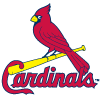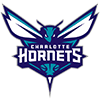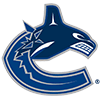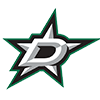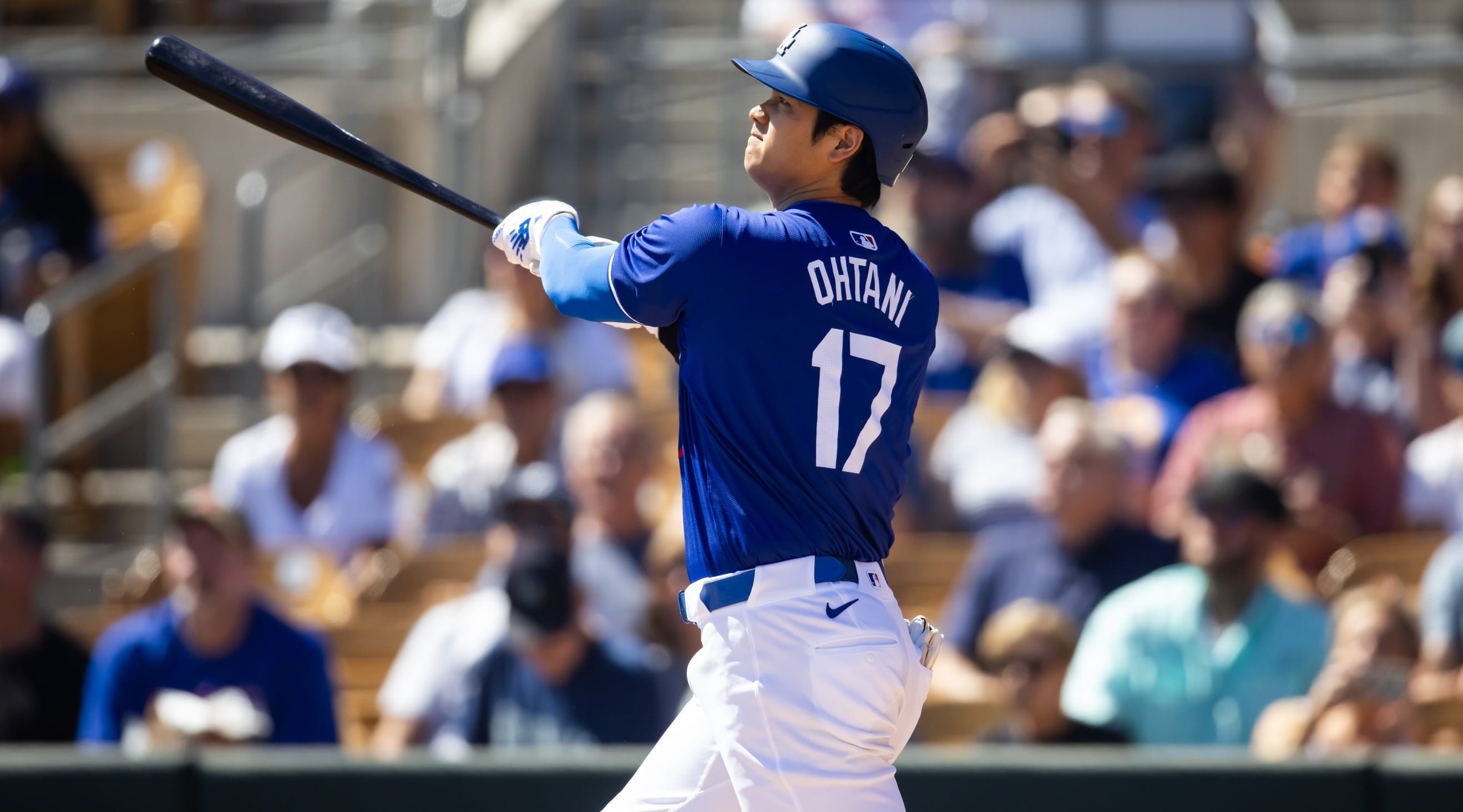As a pitching analyst, I always have to keep two distinct things in mind. Obviously, the first thing I need to evaluate is talent -- that is, upside, ceiling and/or raw ability. But, there is another side to the coin. No matter how much ability your pitcher displays, he will require the opportunity to turn that ability into statistical assets. You will greatly enhance your scouting for fantasy purposes if you can determine the likelihood of the pitcher in question winning a fantasy-relevant role.
Learning to Assess Emerging Opportunity
Here's an example of a question I am frequently asked: "Who do you like better for the rest of this season and for the future: Julio Urias or Brandon Finnegan?" It's a fair question to be sure, but, at least today, there are two answers.
While both are very viable young pitchers if you look at skills alone, Urias has a higher ceiling with potentially dominating stuff. He could easily develop into an ace -- a true No. 1 in the rotation. Finnegan has very good stuff, but he needs to throw strikes and be more consistent with his offspeed offerings. Both are southpaws, but Urias, 19, is younger than Finnegan, 23, and therefore has faced relatively few higher-level hitters, but for the most part, Urias has demolished the hitters he faces even if they are considerably older. Both have fastballs in the mid-90s that can creep into the higher 90s, but Urias has a much more effective arsenal of
As a pitching analyst, I always have to keep two distinct things in mind. Obviously, the first thing I need to evaluate is talent -- that is, upside, ceiling and/or raw ability. But, there is another side to the coin. No matter how much ability your pitcher displays, he will require the opportunity to turn that ability into statistical assets. You will greatly enhance your scouting for fantasy purposes if you can determine the likelihood of the pitcher in question winning a fantasy-relevant role.
Learning to Assess Emerging Opportunity
Here's an example of a question I am frequently asked: "Who do you like better for the rest of this season and for the future: Julio Urias or Brandon Finnegan?" It's a fair question to be sure, but, at least today, there are two answers.
While both are very viable young pitchers if you look at skills alone, Urias has a higher ceiling with potentially dominating stuff. He could easily develop into an ace -- a true No. 1 in the rotation. Finnegan has very good stuff, but he needs to throw strikes and be more consistent with his offspeed offerings. Both are southpaws, but Urias, 19, is younger than Finnegan, 23, and therefore has faced relatively few higher-level hitters, but for the most part, Urias has demolished the hitters he faces even if they are considerably older. Both have fastballs in the mid-90s that can creep into the higher 90s, but Urias has a much more effective arsenal of secondary pitches including a wipeout curve and a very deceptive changeup --- pitches that offer some potential for Finnegan but which will probably not reach the level of a Urias. Are you seeing the conclusion to which these observations will lead us? Urias is the better prospect, and, avoiding injuries etc., will probably offer more fantasy dividends.
So, now we have to step back and turn over the coin. If both Urias and Finnegan had long-term spots in the Dodgers' and Reds' rotation, I would probably give the edge for both today and the future to Urias. But, they don't. Finnegan pitches every fifth day for Cincinnati, and, given their very thin rotation and the minimal chances that they'll challenge for a playoff berth, that's not likely to change if he performs at least marginally well. The Dodgers, on the other hand, have a deeper rotation and will be pushing for postseason play. Urias pitched only about 80 innings last season, and at his age, the team won't want him to run up a huge innings count this year. If injuries or struggles from another starter make it necessary to dip into their minor league system, they have other options, and if they do opt to use Urias, it is more likely to be as a spot starter or even as a bullpen arm where they can monitor his workload.
Based on ability alone, Urias would be my choice, and he gets the nod for the future, but for the rest of this season, Finnegan, albeit with the likelihood of some growing pains, will provide a lot more fantasy value. Urias simply doesn't appear to have a road to the necessary opportunity to make a significant contribution this year.
Let's look at some things that impact anticipated opportunities for young pitchers:
Signs That Opportunity May Be on the Horizon:
- Nothing left to prove: Teams like to see their best pitching prospects moving along a developmental timeline. They have an investment, and that investment has what amounts to an expiration date. Eventually, arbitration and then free agency, will drive the price tag much higher, so there's incentive to recoup that investment as quickly as practical. Also, lack of challenges can slow the player's development. A pitcher can become complacent, or he might fall in love with one pitch, neglecting his full repertoire. When you see a pitcher overwhelming his current competition, the likelihood of an opportunity at a higher level, including the major league club, increases.
- Team philosophy: Teams have different approaches involving their young pitchers. For example, Tampa Bay is known for being very conservative with developing arms, waiting until they're very sure a pitcher is ready, while teams like Detroit often throw their young guys into a trial by fire. These philosophies can potentially delay the emergence of opportunities for someone like the Rays' Blake Snell, while accelerating the arrival timeline for someone like the Tiger's Daniel Norris. Always keep in mind, money has an impact here, too. By holding a pitcher back until roughly June of the current year, the team can delay the arbitration clock and maintain control of that pitcher for an extra year. Note that the higher the expectations for the prospect, the more likely the debut will be delayed to save that year of team control. Lesser talent isn't as important.
- Depth in the anticipated role: This might be the most obvious indicator of real opportunity. It can change frequently with injuries or ineffectiveness, but when a team has six or seven viable starters with experience, and at least a modest history of success, your young arm could face a tougher climb to the top. You need to step back and ask yourself some questions. Which starting pitcher(s) in the current rotation is most vulnerable? If a change is needed, which pitchers are likely to be included in the consideration set? What are the pluses and minuses of each of those pitchers? And finally, what needs to happen for my guy to get the call? The last one could include more than one thing, so you can use that list to determine actual likelihood of an opportunity arising.
- Viable alternatives: This one is a really fun aspect to look at. Managers like to have options, and when those don't exist, they can be very creative. Of course, upper management has to be on board, but this is a scenario that can result in a huge surprise (and a major coup for the fantasy owner who was able to predict it). Let me set the scene. You wake up managing the Reds tomorrow morning. That night, you find your team nursing a 3-2 lead heading to the bottom of the ninth inning. You look out to the bullpen and take inventory. Which pitcher would be your choice to hand the ball? The answer is probably, none of the above. When there aren't any truly viable alternatives, the possibility of a creative solution arises. These are usually classified longshot or darkhorse candidates, so the frequency of them happening isn't all that high, but if you like to walk on the wild side, you can occasionally land on a free square and hit the jackpot.
- Age and experience: I throw this out there as a further consideration, but experience is usually only a big factor with pitchers who have performed at the major league level - having closed before is an asset, which is why generally weak options continue to get chances. And, age is not as easy to assess. Yes, you can find a pitcher's actual age quickly, but the real factor is mound presence. I have seen 19-year-olds with the approach of a seasoned veteran, and 26-year-olds who were "kids" by every definition when in a tough spot.
Some Notable Rotation Ramblings:
- Do you ever leave the draft table(s) feeling like you left someone out there who you should have pursued a little aggressively? I had that nagging feeling about Jeff Samardzija all spring, and I still feel like I left value out there. I watched his start earlier this week, and even though the line wasn't anything special, there was enough there to make me believe he's glad to be with the Giants.
- Ian Kennedy fits the above category as well. He's not going to keep pitching like he has his first couple of starts, but he's going to prosper pitching for the Royals. He still sees a lot of fly balls, so there will be some home runs to deal with, but if they stay in the stadium, he now has guys out there who will run them down.
- Pitchers coming over from Japan always seem to settle into a pattern. Take the Dodgers' Kenta Maeda. He's not overpowering, but he commands the strike zone with a smorgasbord of pitches thrown from countless release points and angles. It will probably take the league a while to catch up with him.
- There are some pitchers I steadfastly avoid no matter how good they are going or how good they look for that matter. Mat Latos has been on that list for a while because I have seen him look so good so many times before. Well, he's looking legitimately that good again, allowing six hits in 18-plus innings. Nope, I can't.
- I don't think I have ever bent so much to the quality of the competition when evaluating a pitcher prior to this season. For example, Vince Velasquez - don't get me wrong, a pretty decent young pitcher - had the fantasy world buzzing following a 16-strikeout shutout. That game was against the Padres, and he came quickly back to Earth next time out. Take the competition into account.
- Nathan Eovaldi came into this season on my "next step" list -- that is, a guy I really felt could step up in his performance. I took the opportunity to evaluate him against Oakland. He posted an ordinary line (three runs in six innings), but I was impressed. He's one I would be trying to acquire while the numbers are soft.
Endgame Odyssey:
The Oakland bullpen is becoming the most unpredictable site for save consistency. Ryan Madson has more saves, but Sean Doolittle still has at least a partial closer label. This could go on as they sort things out and play it cautiously with Doolittle's arm. In Minnesota, Glen Perkins is out for an undetermined period of time with shoulder (there's that word) woes. They are saying no surgery, at least not yet, so he could be back, but that's iffy. It's time to own Kevin Jepsen (their first choice), Trevor May (their second choice) and/or Alex Meyer (my super sleeper). I really think Daniel Hudson is sneaking closer to the closer's gig in Arizona. Just sayin'. The Cincinnati bullpen is a train wreck. J.J. Hoover has been awful, I really question whether Tony Cingrani would be any better in that role. Maybe it's time (panic) to try Caleb Cotham. Or, would they consider giving a talented kid like Amir Garrett a chance to close? Hmmm. Toronto's Roberto Osuna took a night off earlier this week with a blister on his pitching hand, but he recorded a four-out save the next night, so it appears to be a nonfactor moving forward. There has been an interesting development in Philadelphia where I have no confidence in Jeanmar Gomez lasting as their end gamer. One time (okay, a long time ago) stud closer Andrew Bailey has been called up. He could do this.













